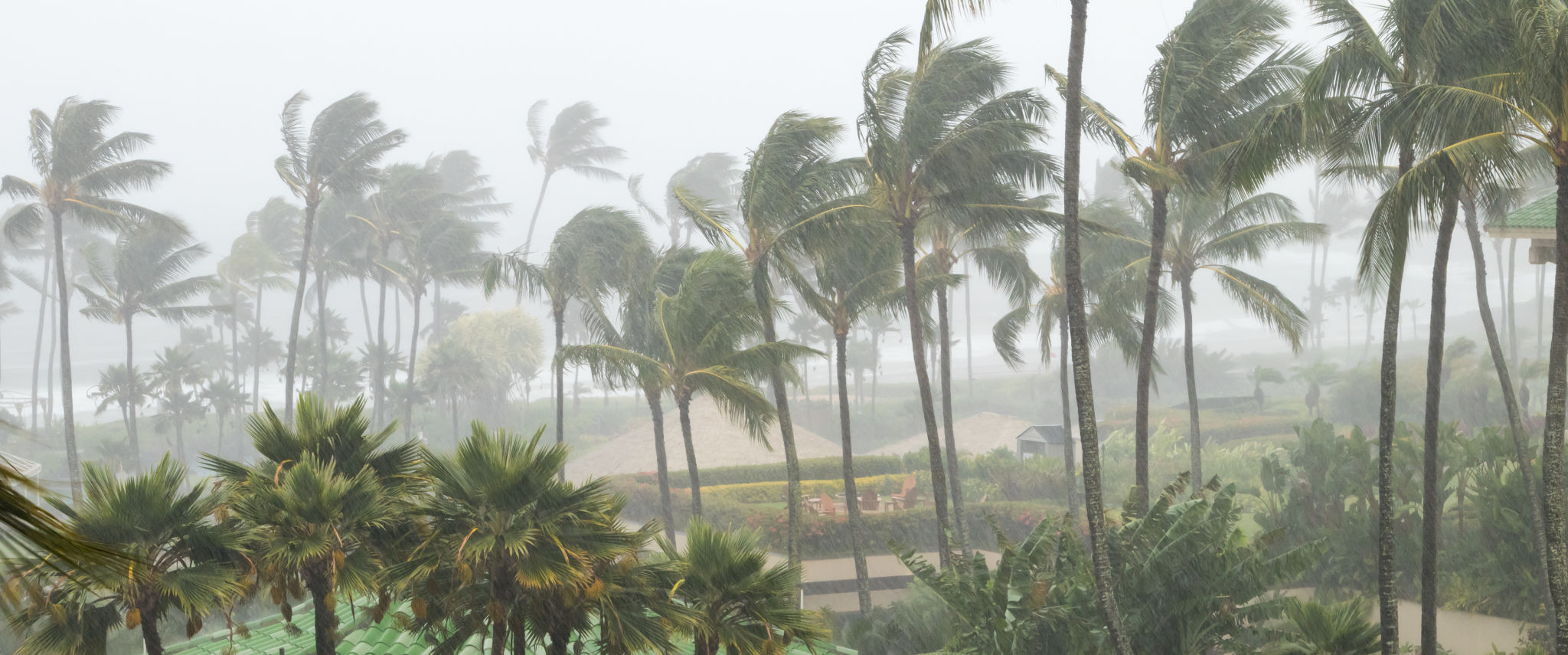Seasonal Tips for Effective Corporate Video Production in Hawaii
MA
Understanding Hawaii's Seasonal Changes
Hawaii is renowned for its breathtaking landscapes, making it an ideal location for corporate video production. However, its unique seasonal changes can significantly impact your project. Hawaii experiences two primary seasons: the dry season, "Kau," from May to October, and the wet season, "Hooilo," from November to April. Each season presents specific challenges and opportunities for filmmakers.
During the dry season, the weather is typically sunny with minimal rainfall, offering clear skies and vibrant natural backdrops. In contrast, the wet season can bring unpredictable weather conditions, including sudden showers and overcast skies. Understanding these seasonal shifts is crucial for planning your shoot effectively and ensuring a smooth production process.

Maximizing the Dry Season
To leverage the dry season's advantages, schedule your shoots during this period to capture Hawaii's picturesque scenery in its best light. The consistent sunlight allows for extended shooting hours, reducing the risk of delays due to weather complications. Additionally, the vibrant colors of Hawaii's flora are more pronounced, adding a natural richness to your video content.
However, bear in mind that the dry season coincides with peak tourist activity. Popular locations are often crowded, which can disrupt filming. To mitigate this, consider filming early in the morning or late afternoon when tourist traffic is lighter. Alternatively, explore lesser-known sites that offer equally stunning visuals without the crowds.

Navigating the Wet Season
The wet season poses more challenges for corporate video production in Hawaii. Frequent rain showers and cloudy skies can interfere with outdoor shoots. To work around this, have a flexible shooting schedule that can adapt to changing weather conditions. Utilizing covered or indoor locations can also help keep your project on track.
Moreover, overcast conditions can offer unique lighting opportunities that create a different mood for your videos. The soft, diffused light during cloudy days can bring out details that harsh sunlight might obscure. Embrace these variations to add depth and diversity to your content.

Utilizing Local Resources and Expertise
Collaborating with local professionals who understand Hawaii's weather patterns and filming regulations can be invaluable. Local crews can provide insights into the best times and locations for shooting based on the current season. Furthermore, they may have access to permits or private areas that enhance your filming experience.
Engaging local talent not only supports the community but also ensures authenticity in your corporate videos. Whether it's hiring local actors or musicians, their presence can add a genuine Hawaiian touch that resonates with your audience.
Preparing for Seasonal Challenges
To ensure a successful production, prepare for seasonal challenges by having backup plans in place. This includes alternate shooting locations, additional equipment to handle unexpected weather changes, and a flexible timeline that accommodates potential delays.
Additionally, invest in insurance coverage for unforeseen weather-related disruptions. This financial safeguard can protect your budget and keep your project on schedule despite any seasonal setbacks.
Conclusion: Embrace Hawaii’s Unique Seasons
Producing corporate videos in Hawaii offers unparalleled scenic beauty that can elevate your content. By understanding and adapting to the seasonal variations, you can maximize the strengths of each season while effectively managing its challenges. With careful planning and local collaboration, your corporate video production in Hawaii can be both a memorable and successful endeavor.